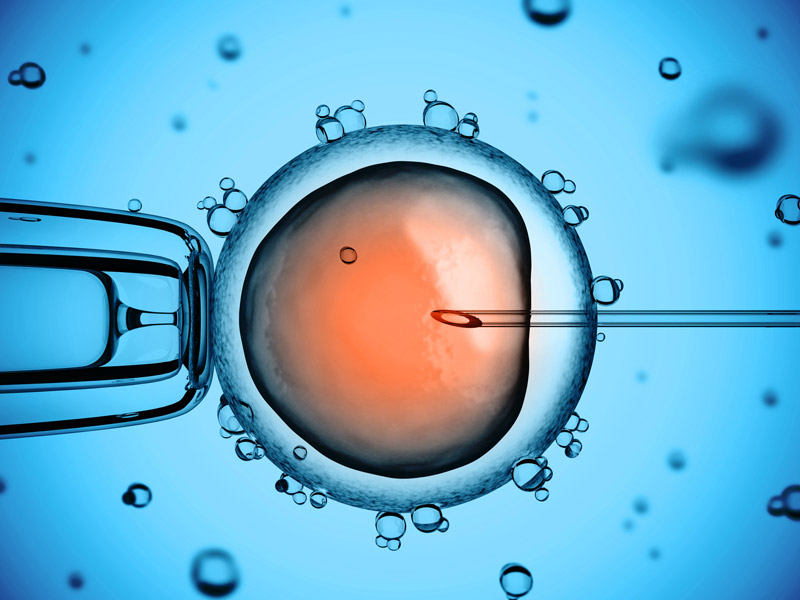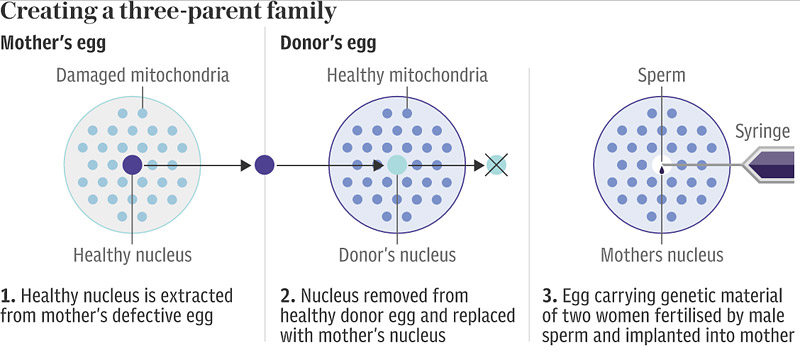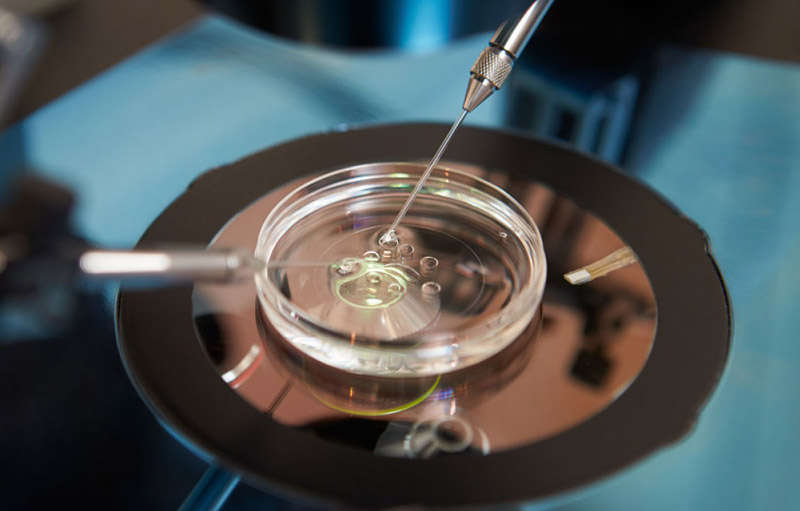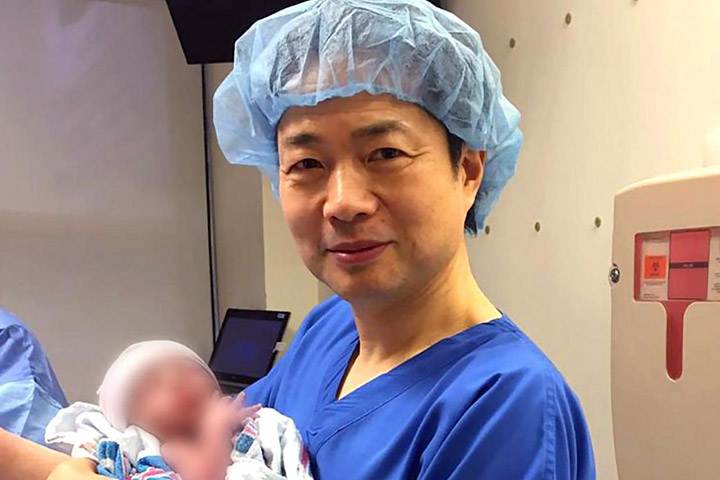The world’s first three parents baby has been born. Scientists revealed the birth of a baby boy, now five months old, using DNA from three parents.
Fertility experts hailed the breakthrough as “great news and a huge deal” for the future of reproduction. But they expressed concern that it was only achieved because US scientists crossed the border to Mexico to take advantage of lax regulation. And critics last night accused the scientists of taking “outrageous” and “unethical” steps in order to achieve the world first.
The child was born to a couple from Jordan, who had been trying to start a family for almost 20 years. His mother carries genes for Leigh syndrome, a fatal disorder that affects the developing nervous system, and caused the deaths of their first two children.
The baby was conceived from an egg containing nuclear DNA from his mother and father, and mitochondrial DNA from a “second” mother – an unknown female donor. The aim was to replace defective mitochondrial DNA and prevent the disease being passed on through the maternal line.
British researchers expressed excitement about the breakthrough, saying it would “accelerate” advances in the field and “tame the more zealous critics”.

The controversial technique – which allows parents with rare genetic mutations to have healthy babies, is only legal in this country, and this followed fierce parliamentary debate.
The breakthrough, which came about using an approach called spindle nuclear transfer was revealed in New Scientist magazine.
Scientists from the New Hope Fertility Center in New York City removed the nucleus from one of the mother’s eggs and inserted it into a donor egg that had had its own nucleus removed. The resulting egg – with nuclear DNA from the mother and mitochondrial DNA from a donor – was then fertilised with her husband’s sperm.
The team, led by Dr John Zhang used this approach to create five embryos, one of which developed normally, and was implanted, resulting in the birth nine months later.
The method has not been approved in the US, so Dr Zhang went to Mexico instead, where he said “there are no rules”. Defending his decision, he said: “To save lives is the ethical thing to do”.

Other scientists working in the field welcomed the news – but expressed concern that it had occurred in a country which lacks stringent regulation. Dr Dusko Ilic, a reader in stem cell science at King’s College London, said: “This is great news and a huge deal – it’s revolutionary.”
He described the child’s birth as an “ice-breaker” which was likely to be swiftly followed.
“The baby is reportedly healthy. Hopefully, this will tame the more zealous critics, accelerate the field, and we will witness soon a birth of the first mitochondrial donation baby in the UK.” But experts said they were concerned about the lack of stringent regulation in Mexico, and said it was crucial that the child’s health was closely monitored.
Last year the House of Lords approved legislation to allow mitochondrial replacement. It followed years of debate about the ethics of such advances, and fears they could be used to create “designer babies”. Those working in the field in Britain have insisted the technique would only be used to help those suffering from potentially devastating inherited disorders. But last night the US medical team which achieved the breakthrough said it was “just the start”.
Dr Zhang said the technique could in future be used in “unlimited” ways, including altering a child’s DNA to change their appearance.Dr David King, director of the watchdog group Human Genetics Alert, branded the research “unethical and irresponsible”.
“It is outrageous that they simply ignored the cautious approach of US regulators and went to Mexico, because they think they know better,” he said.
“These scientists have used an experimental technique that many scientists still think is unsafe in order to create a world first.”

Scientist from around the world welcomed the news, while expressing concern about the lack of regulatory scrutiny of the process. Professor Bert Smeets, director of the Genome Centre at Maastricht University, said: “At last, the first child of a mother with a mtDNA mutation is born after mitochondrial donation.
“The safety of the method had already been quite convincingly demonstrated by the Newcastle group in the UK and introduction into the clinic would only be a matter of time – obviously, dependent on national regulation or the absence of it.
“A US-based research group apparently escaped the more rigid regulatory framework in the US to perform this treatment in Mexico. That is a concern, especially as the framework not only safeguards the introduction into the clinic, but also the follow-up of the children borne after this treatment.
Inherited mitochondrial diseases include devastating conditions that result in poor growth, muscle weakness, loss of co-ordination, seizures, vision and hearing problems, learning disabilities and organ failure.
It is estimated that one in 4,000 people has an incurable mitochondrial disease.





Leave a Reply